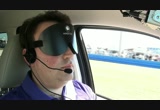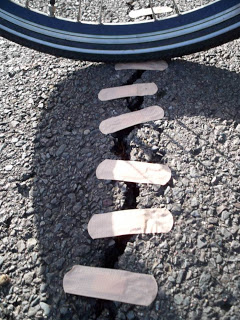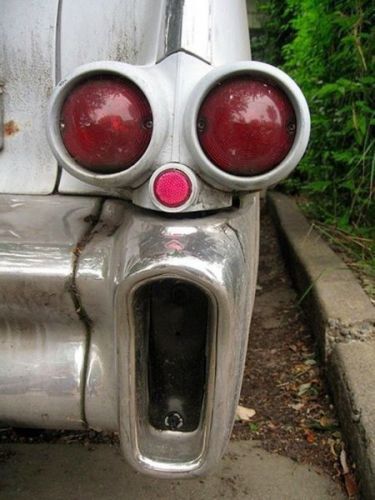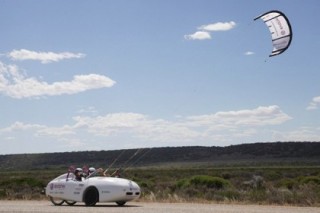 So I’m watching the NFL and getting more ticked off by the minute with all the bad calls (there seem to have been more than usual this season). Before I blow a gasket I decide to tool around on the net and see what I can find to distract myself. I land on a Technology, Entertainment, Design (TED) talk by Dennis Hong entitled “Making a Car for Blind Drivers.” Nope, better stay away from anything with the word “blind” in it………on the other hand it’s only nine minutes long and that’s a pretty interesting title that conjures up all kinds of different scenarios in my head.
So I’m watching the NFL and getting more ticked off by the minute with all the bad calls (there seem to have been more than usual this season). Before I blow a gasket I decide to tool around on the net and see what I can find to distract myself. I land on a Technology, Entertainment, Design (TED) talk by Dennis Hong entitled “Making a Car for Blind Drivers.” Nope, better stay away from anything with the word “blind” in it………on the other hand it’s only nine minutes long and that’s a pretty interesting title that conjures up all kinds of different scenarios in my head.
Mr. Hong starts out by explaining that around 2009 the National Federation of the Blind had challenged the research community to develop a vehicle where blind people could actually drive, making active decisions and maneuvering on their own and not one where they were just being placed in the vehicle and driven around. His team came up with a prototype that incorporated perception tools (GPS, cameras, lasers that sweep the environment around the vehicle), computer processes (that help understand the info being scanned) and non-visual interfaces (gloves, vests and seat pads with sensors that vibrate to convey instructions, voice command units, etc.). One of the really innovative non-visual interfaces is called AirPix where the driver holds his hand over a small tablet that is full of holes and they shoot compressed air through certain holes in certain patterns, with differing intensity and temperature to convey details – kind of like a braille board that “draws” pictures with air. All of this info is then used by the blind driver to navigate a course as any normal sighted person would do except that he has gathered all the necessary info in a non-visual way.
It was quite exciting to watch a demo of the prototype at Daytona in January, 2011. The driver was genuinely thrilled to have successfully made a trip around the track while successfully dodging boxes that were being thrown in his path, passing another moving vehicle and maneuvering between barrels at the finish line. This avenue (punny) opens up a myriad of possibilities not only for those with limited sight but for spin-off applications like helping to see through fog, use in everyday home appliances, and for office or classroom settings.
I started thinking about what they should call this vehicle. Too bad Land Rover is already taken. What about the Batmobile? That might be just a little too out there. Then I glanced over at the muted TV and had what I thought was a flash of brilliance – what about calling it the “Linesman”? Tough call.


 What do you think about this?
What do you think about this? 

 So I’m watching the NFL and getting more ticked off by the minute with all the bad calls (there seem to have been more than usual this season). Before I blow a gasket I decide to tool around on the net and see what I can find to distract myself. I land on a Technology, Entertainment, Design (TED) talk by Dennis Hong entitled “
So I’m watching the NFL and getting more ticked off by the minute with all the bad calls (there seem to have been more than usual this season). Before I blow a gasket I decide to tool around on the net and see what I can find to distract myself. I land on a Technology, Entertainment, Design (TED) talk by Dennis Hong entitled “ I seem to be stuck in airbag mode because here’s another story about them. This one has to do with a new
I seem to be stuck in airbag mode because here’s another story about them. This one has to do with a new